Neurons and Nihon: A Summer of Neurobiology Research in Japan
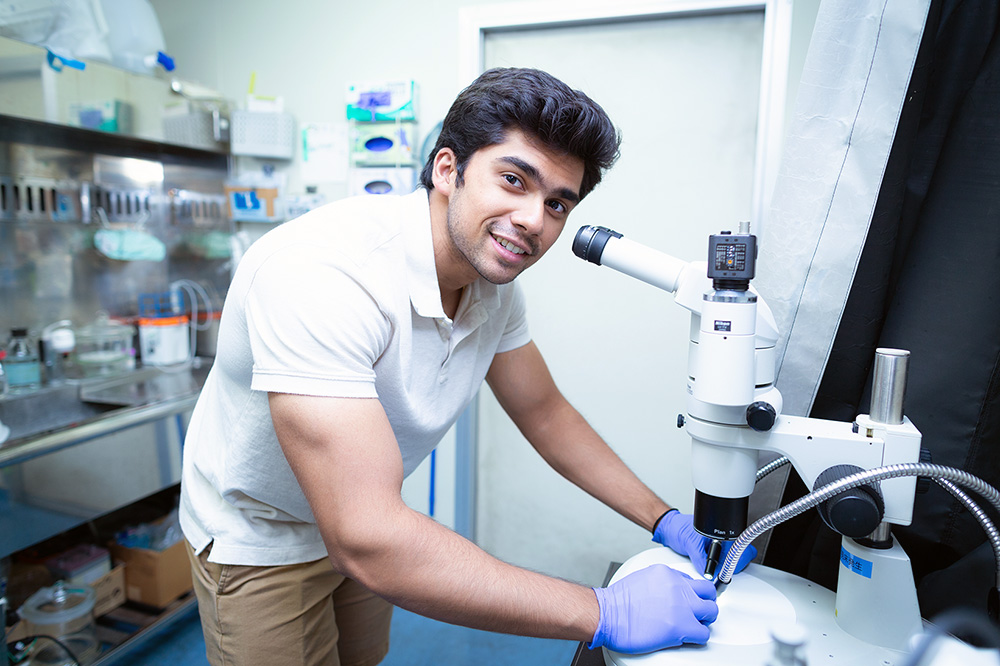

Jay Iyer
undergraduate student, Harvard University
Participated in the 2023 IBRO-RIKEN CBS Summer Program
Beginnings and Motivation
The years between 2016 and 2019 were particularly difficult for me and my family. My grandfather was diagnosed with a rare neurodegenerative disease known as progressive supranuclear palsy (PSP), which has no known cause or cure.
As I cared for my grandfather between his diagnosis in 2016 until his passing in 2019, I grew frustrated with the lack of knowledge surrounding the etiology of PSP and other neurodegenerative diseases. This initial frustration quickly transformed into motivation as I began to pursue original research to better understand mechanisms of neurodegenerative disease pathogenesis.
Throughout this time, a hypothesis which I found interesting is that neurodevelopmental problems early in life might predispose one to neurodegeneration in adulthood. This inspired me to join the Jeffrey Macklis Lab at Harvard University to gain experience in cortical circuit development and synapse formation. Further, “subtypes” of neurons exhibit selective vulnerability to neurodegeneration in adulthood, and are established during development.
In addition, I was particularly interested in combining wet-lab and statistical modeling techniques to better understand mechanisms of brain development and neurodegenerative disease pathogenesis. While I was working in the wet-lab, I sought to apply statistical techniques to investigate the clinical nature of these diseases. I thus began to work with Dr. Anne-Marie Wills and Dr. Michael Schwarzschild at Massachusetts General Hospital (MGH) where I began analyzing clinical trial datasets to investigate predictors of Parkinson’s disease (PD) and PSP progression.
Why Japan?
As I was born and raised in the relatively small city of Baton Rouge, Louisiana, my exposure to many different cultures was somewhat limited. However, from my limited knowledge gained from history class and the internet, I was fascinated by Japan’s rich history and cultural values. This resulted in me often asking my parents to take a family trip to Japan. Unfortunately, for one reason or another, the trip did not get planned.
I was pleasantly surprised when I found out that Harvard had a collaboration with the RIKEN CBS, an institution I knew as prestigious and highly regarded in Japan and across the world. This collaboration also included students working in host labs at RIKEN for the summer. This was the perfect storm for me—I would be able to continue my research from the Macklis Lab in cortical circuit development under the direction of Dr. Tomomi Shimogori, and experience Japan’s culture outside a book or a website for the first time. I was especially interested in working in the Shimogori Lab to learn and develop my skills at a surgical procedure vital to my research in the Macklis Lab known as in-utero electroporation (IUE), which is the process of injecting foreign plasmid DNA into the brain of a developing mouse embryo to label specific populations of neurons in the brain. Dr. Shimogori pioneered this technique and I was eager to learn from her and members of the lab (Shimogori and Ogawa, 2008).
Shimogori Lab Experiences
From the moment I came to Japan and entered RIKEN’s campus, I was welcomed with open arms. I instantly took notice of two important characteristics of the lab and RIKEN as a whole—the collaborative environment of the lab and campus, and the high level of respect that one individual showed for another. I thereby understood what truly made RIKEN special.
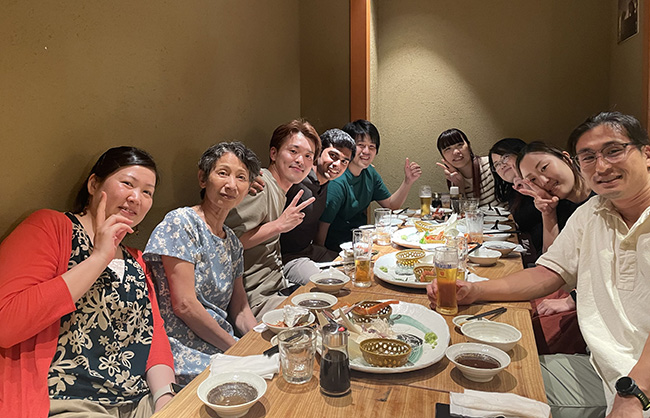

My experience working in the Shimogori Lab was nothing short of incredible. I was given the opportunity to continue working on my wet-lab project from Harvard, investigating compositions of ribosomes in the axonal and growth cone compartments of callosal projection neurons. Over the course of the summer, I learned and enhanced my skills at IUE as I learned from my bench mentor Dr. Jay Nakamura and Dr. Shimogori.
At the same time, I was able to contribute to research goals of the Shimogori Lab by utilizing my statistical and coding background to analyze spatial transcriptomic data of the developing marmoset thalamus. The goal was to analyze this data over different developmental time points to potentially identify stable or differentially expressed “marker” genes across different thalamic nuclei. I learned analysis techniques under Dr. Kohei Onishi, a post-doc in the lab. Further, I presented my work in the wet-lab and the dry lab at scheduled lab meetings throughout the summer, and aim to continue working on the spatial transcriptomics analysis remotely after I left Japan.
Experiences at RIKEN and outside the Lab
While my days working at RIKEN CBS were filled with lots of science, they were also filled with a lot of fun and unique experiences. Often, sometimes during lunch and sometimes after a day of work, Jay-san and I would play tennis together and against members of other labs at CBS. This presented an opportunity to meet people from other labs and learn about their research. Additionally, at the RIKEN cafeteria, I thoroughly enjoyed experiencing new foods and interacting with other individuals interested in developmental neurobiology.
Next Steps
Though I am no longer physically present in Japan or RIKEN CBS, I will forever cherish all of the memories of working in the lab and exploring Japan, the lifelong friendships I formed, and all of the neurobiology I learned. I aim to continue working on the analysis of the marmoset spatial transcriptomics data, and hope to visit again soon!
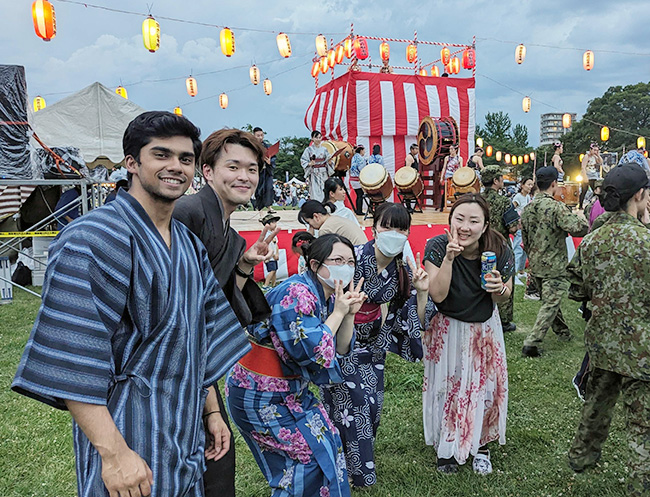

Festival
One of my favorite memories of Japan was dressing up in a kimono (which the lab kindly bought for me) and attending a festival near Wakoshi with lab members.
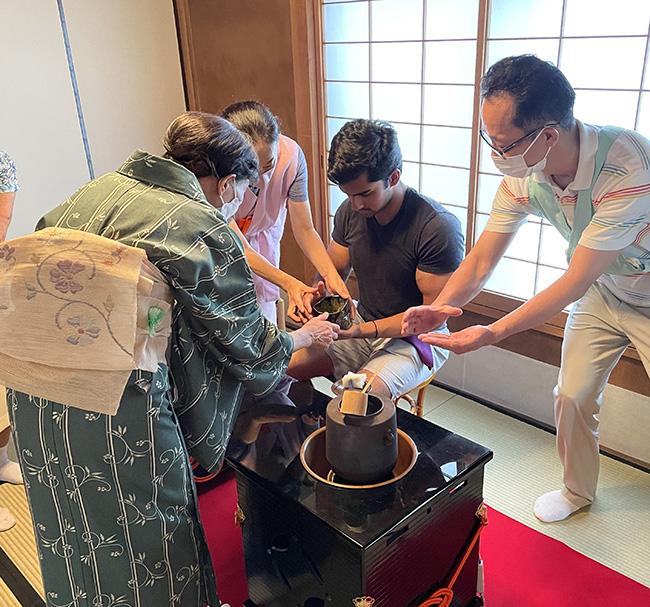

Tea Ceremony (Sadō)
I was so grateful when I was able to experience a component of Japan’s rich culture when I attended a tea ceremony with a research technician from the lab and her mother.
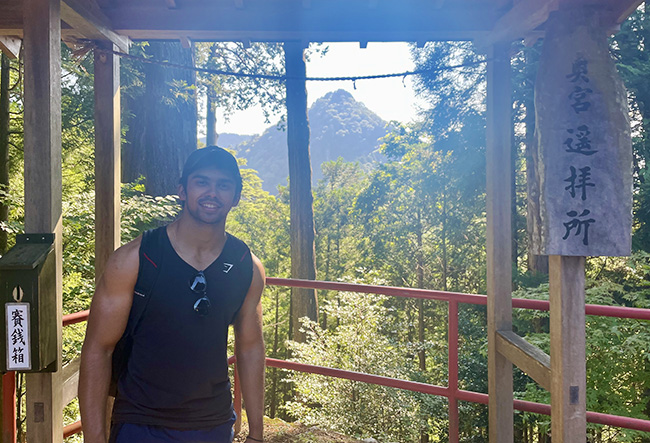

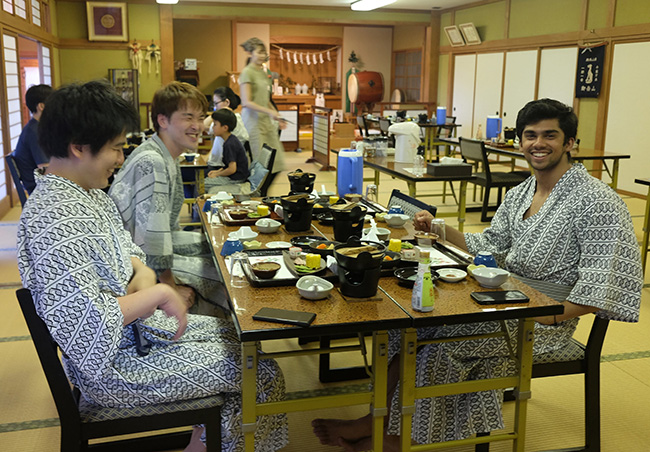

Climbing Mt. Mitake
It was wonderful to stay in a traditional Japanese lodge and climb Mitake-san with Jay-san, Hoshino-san, and Onishi-san.




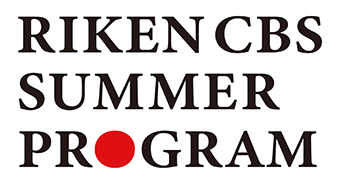
 (Twitter): @jaymiyer
(Twitter): @jaymiyer